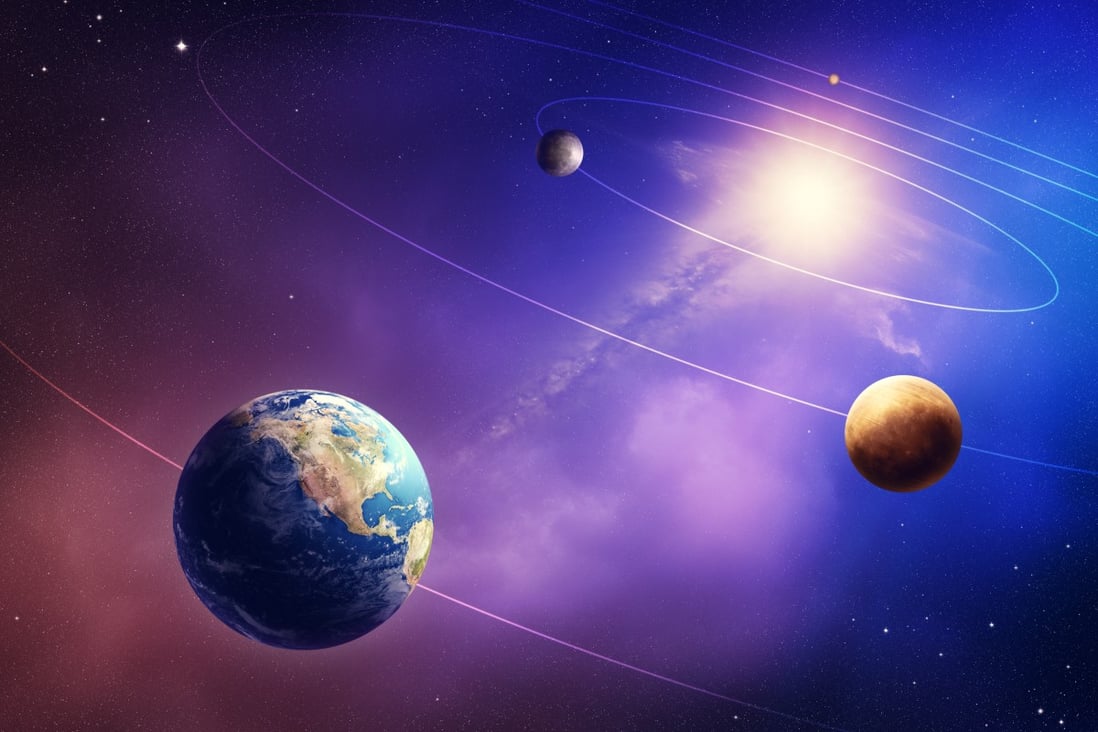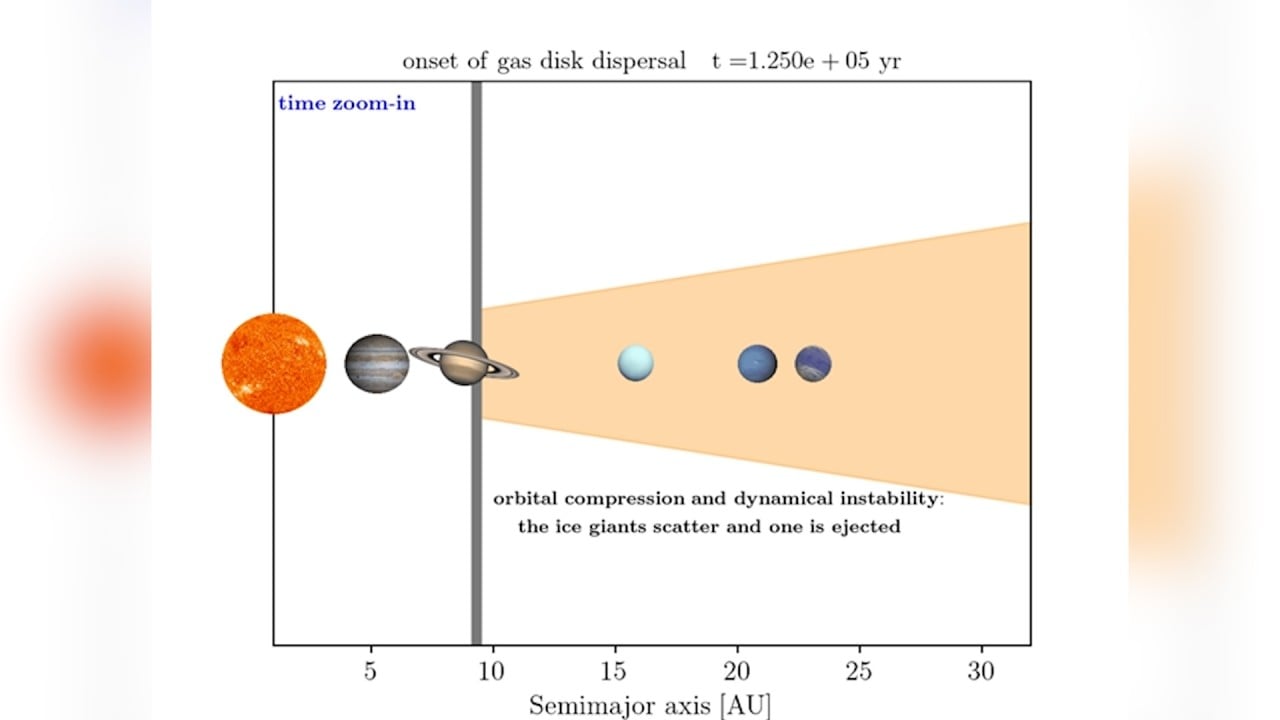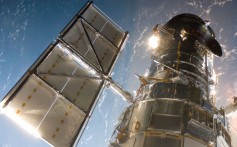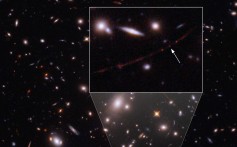Mechanism proposed by Zhejiang University scientist Liu Beibei and team in Nature journal may be ‘one of the missing links in solar system history’, says reviewer
New model explains why the Earth’s formation was not affected by the migration of giant planets Jupiter, Saturn, Uranus and Neptune billions of years ago, says Liu
Ling Xin in Beijing

A paper published this week in Nature journal challenges the theory of how the giant planets in the solar system migrated to their present-day orbits. Photo: Shutterstock
An international team of researchers has challenged the mainstream theory of when and how the giant planets in the solar system migrated to their present-day orbits.
In a paper published in Nature on Wednesday, they proposed a new theory that could dramatically move the timeline to as early as 5 million years after the solar system was born, instead of hundreds of millions of years afterwards.
“The proposed mechanism may be one of the missing links in solar system history,” one of the paper’s reviewers wrote.

New giant-planet study better explains the formation of our galaxy, says lead author
The story of our solar system started 4.6 billion years ago when a gigantic molecular cloud contracted under its own gravity. The nascent sun rose from the hot, dense centre, while planets took shape around it in a swirling disk made of gas and dust particles.
Among the different types of planets that later formed, “the giant planets are so massive that they had huge impacts on the terrestrial planets and the evolution of the solar system itself,” said the paper’s lead author Liu Beibei from Zhejiang University in eastern China.
It is believed that as Jupiter, Saturn, Uranus and Neptune grew larger, they migrated towards the sun and reached a stable state where their orbits were much closer to the sun and to each other than they are today. This difference led scientists to look for possible mechanisms that disrupted the stability and brought the planets to their current positions.
The most popular theory, called the Nice model, posits that the instability occurred because of interactions between the giant planets and smaller solid objects beyond Neptune’s orbit, and that the process took a few hundred million years to complete.
Chinese scientists measure largest comet coming from edge of solar system
18 Apr 2022

The Nice model was powerful enough to explain a range of observed facts, such as the existence of the Kuiper belt, but there was increasing debate regarding one of its major motivations – a hypothetical event called the Late Heavy Bombardment, said Man Hoi Lee from the University of Hong Kong.
Using theoretical analyses and numerical simulations, Liu and his colleagues from Europe and the US found the instability could have happened much earlier as a result of the gas disk dispersing.
“Picture the early sun as an enormous hair dryer that continued to blow away gas around it,” Liu said. As the disk evaporated from inside out, its inner edge swept across and stirred up each planet’s orbit in turn, until the outward migration of Saturn triggered the instability.
The new model was not only consistent with recent findings about the Late Heavy Bombardment, but better explained why the Earth’s formation was not affected by the migration of the giant planets, he said.
Proving any of the models would be difficult, since the evolution of the solar system cannot be directly observed. Just as the Nice model was modified after its conception, the new model also had to be examined by follow-up studies, said Masahiro Ogihara, a TD Lee Fellow at the Tsung-Dao Lee Institute, Shanghai Jiao Tong University.
For instance, it would be useful to check whether the distribution of the so-called Super Earth exoplanet – a planet that orbits a star outside the solar system – was consistent with the new model, Ogihara said.
Astronomers discover farthest star ever spotted: Earendel
31 Mar 2022

Lee said he would be interested to see if the new model could produce the observed spin axis tilts of Jupiter and Saturn, a subject he has investigated intensively.
“For me, the most challenging part of this study is to learn to think beyond what’s been widely accepted,” Liu said. He earned his PhD from the Kavli Institute for Astronomy and Astrophysics at Peking University in 2015 and held postdoctoral positions in the Netherlands and Sweden before joining Zhejiang University.

Ling Xin is a science journalist based in Beijing. She mainly covers physics, astronomy and space. Her writing has appeared in Science, Scientific American, MIT Technology Review and other English and Chinese outlets. She was a visiting journalist at Science magazine in Washington, and has a master's degree in journalism from Ohio University.
No comments:
Post a Comment